From the millions of cupcakes consumed annually, to cupcake-centric TV shows, the popularity of these “tiny cakes” is clear and likely to stay. These economically sized cakes have become a staple in birthday parties and weddings, making them good business for producers. Whether you’re interested in freezing cupcakes to stock for your business or as a buyer for later consumption, the steps are fortunately the same.
Cupcakes can be frozen, however, moisture control is the key to maintaining their quality. This is achieved by moderating the changes in temperature and by proper seals that prevent humid air and moisture build-up.
The freezing process begins with the proper handling and storage of cupcakes. These preliminary steps prevent condensation and limit the hygroscopic nature of cupcakes. They also avert potential freezer burn. When frozen cupcakes are ready for consumption, defrosting through a process called “slacking” is necessary for optimal quality.
Freezing Cupcakes and Optimal Storage
Cupcakes left in a fridge dry out, and freezing is necessary to prolong their shelf life. Freezing large quantities of cupcakes are especially common for mass-producing bakeries. Since frozen cupcakes can last anywhere from three to six months, freezing allows producers to meet demand with the steady baking of cupcakes.
But freezing cupcakes is as inflexible as the preparation of cupcakes. They require strict adherence to proper procedures. (Overdone mixing or incorrect measurement of ingredients, in the case of preparing cupcakes, greatly affect its taste and texture.)
And although there are multiple cupcake recipes, its main ingredients (i.e., milk, baking soda, butter, flour, eggs, and sugar), and therefore their proper handling and storage procedures, largely remain the same. The precise procedures include proper cooling and sealing.
Cooling Freshly Baked Cupcakes
Freshly baked cupcakes come out of the oven hot, and directly freezing hot food can cause condensation.
So instead, allow the freshly baked cupcakes to cool by removing them from the baking pan. Letting them settle on the baking pan risks overbaking.
Thereafter, place the cupcakes onto a wire rack. A wire rack, also called a cooling rack, has grills (parallel metal framework) at the bottom that allow free air circulation. Not only does this shorten the cooling period of cupcakes, but it also ensures uniform cooling on all sides.
Proper cooling prior to any wrapping and sealing is also essential. Otherwise, condensation may form inside the plastic wraps.
Seal and Protect
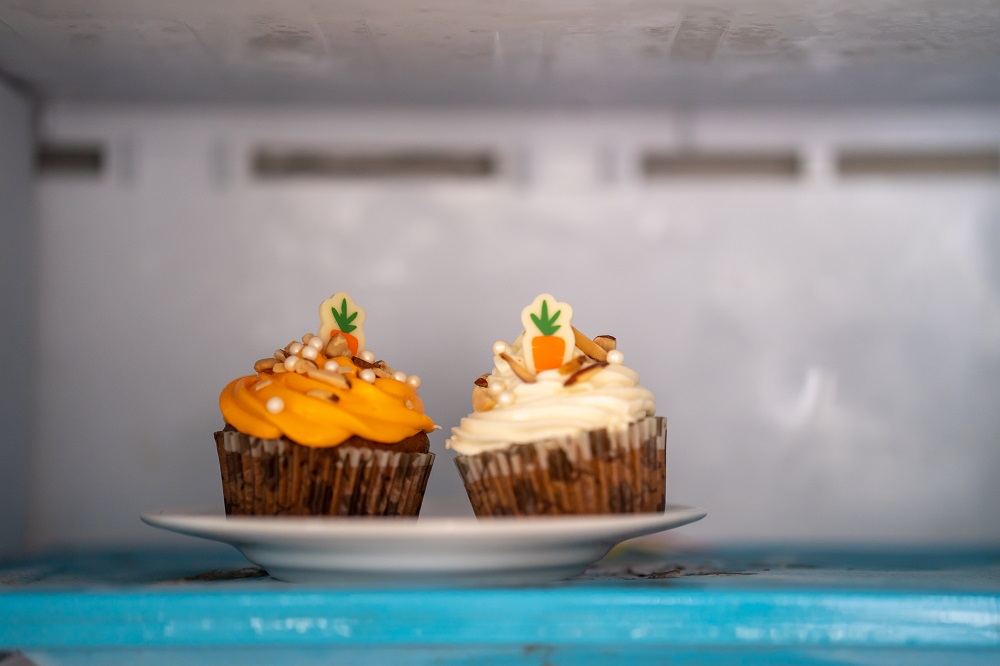
When the cupcakes are at room temperature, seal them individually with plastic wrap. This is to prevent the absorption of moisture from the air, as well as the prevention of contamination among cupcakes. Then place them inside an air-tight container for further protection from the air.
Both wrapping and container prevent the air from reaching the surface of cupcakes, fending off moisture build-up and soggy defrosted cupcakes.
Freezer Burn
Although moisture build-up is the main threat, another concern when freezing cupcakes is freezer burn. Freezer burn is the damage caused to frozen cupcakes (and all frozen food) by moisture loss. So while too much moisture leads to soggy cupcakes, too little moisture is also undesirable.
Freezer burn is typically due to improper storage conditions such as inappropriate or inadequate packaging. Specifically, uncovered cupcakes in a freezer are susceptible to oxidation, or the change in chemical substances due to the addition of oxygen.
This is unsurprisingly evident at the top portion of stored cupcakes since this part is the most exposed to air. Refer back to the seal and protect section for the procedures on proper sealing that mitigate freezer burn.
Moisture Build-up in Cupcakes
Moisture build-up may result in slushy and sloppy cupcakes, and understanding the causes of moisture build-up can be broken down into external and internal factors.
External factors relate to how cupcakes interact with the environment, particularly in the freezer, and how differences in temperatures can cause condensation. Internal factors are about the inherent attributes of cupcakes and their ingredients, or specifically the hygroscopic attribute of cupcakes.
Combating Condensation
Condensation is the collection of water droplets as a reaction to the contact between hot and cold substances. In the case of cupcakes, this can be the cool freezer air and the warm cupcake.
For instance, insufficiently cooled cupcakes in a freezer may cause the storage temperature to rise and result in condensation. The warm air that is trapped in the freezer collects moisture, and when water vapor exceeds its maximum capacity, droplets begin to form. Cupcakes that absorb too much water in the freezer will cause the cupcakes to sog when defrosted.
Hygroscopic Attribute
Hygroscopy is the absorption of moisture from the air. It varies from substance to substance, with some more absorptive than others.
To a great extent, the high water attracting property in cupcakes is due to its sugar content. Sugar, which is estimated to account for around 42g per serving size of cupcakes1, is highly hygroscopic. Consequently, cupcakes and their high sugar content are hygroscopic by nature and will collect the available moisture in the air.
Proper Defrosting of Frozen Cupcakes
There are necessary intermediary steps prior to the consumption of frozen cupcakes. The American Food and Drug Administration (FDA) recommends practicing proper defrosting for frozen goods in an intermediary step called “slacking.” After slacking, correct thawing procedures are another intermediary step prior to consuming.
Slacking Frozen Goods
As highlighted by the FDA in the FDA Food Code 20172, “slacking (is) the process of moderating the temperature of food such as allowing (it) to gradually increase from (the) temperature of -23°C (-10°F) to -4°C (25°F) in preparation… of previously block-frozen food.” In the case of cupcakes, this suggests placing frozen cupcakes in a fridge for a few hours, prior to thawing, to slow down or avert the condensation process.
Without slacking, the sudden change in temperature may cause condensation, and the moisture build-up prior to consumption fails on two fronts: (1) Low-quality soggy cupcakes and (2) bacteria growth due to excessive moisture collection.
Thawing Cupcakes
The importance of wrapping cupcakes with plastic prior to freezing extends to the slacking phase in the refrigerator. Avoid removing the plastic during the slacking and thawing phases though. Not only does this put a stop to condensation, but it also prevents the cupcakes from absorbing the neighboring odors inside the storage.
When it comes to condensation, the plastic wrappers protect the cupcakes from warm air and wetness, as excess moisture from the air is kept outside.
Then, remove the plastic wrappers when the cupcakes are ready for thawing at room temperature. Make sure to place the uncovered frozen cupcakes on a wire rack for continuous thawing.
Frosted vs Unfrosted Cupcakes
Freezing frosted cupcakes (i.e., cupcakes with frosting, or decorated-with-icing cupcakes) is a more involved process, so consider keeping the cupcakes unfrosted, with the frostings applied when ready for consumption. Otherwise, freezing, slacking, and thawing frosted cupcakes will require two additional steps in contrast to the procedures laid out for unfrosted cupcakes (i.e., undecorated cupcakes).
These include the need for flash freezing and the partial uncovering of cupcakes while thawing in the fridge.
Flash Freezing Frosted Cupcakes
Flash freezing is the process of quickly freezing objects with the use of cryogenic temperature, and with the rapid drop in temperature forbidding ice formation. These require specialized equipment rarely found in households.
For frosted cupcakes, flash freezing is necessary to ensure the frosting stays intact for wrapping and storing. Also due to their frosting, separate wrapping is emphasized to avoid the sticking of adjacent cupcakes.
Needless to say, make sure free air circulation around the cupcake is available for optimal results.
Thawing Frosted Cupcakes
Slacking frosted cupcakes should be free from the plastic wrapper inside an airtight container as this partially exposes the icing to open-air.
Frostings thaw faster than cupcake bread, so leaving them wrapped while thawing in the fridge may cause the frosting to stick to the plastic.
1 Chocolate Cupcakes with Buttercreme Icing & Creme Filling
2 See page 21 of the FDA Food Code 2017

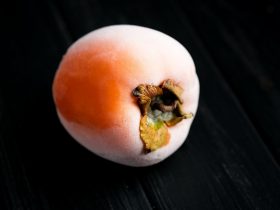
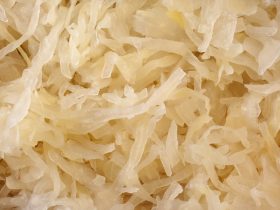
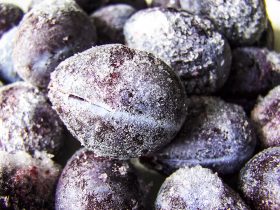
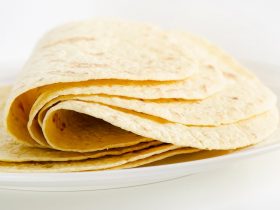
Hi, I'm Dom
Dom Eats was started to help other people fall in love with food. While cooking can feel intimidating, it doesn't have to be.